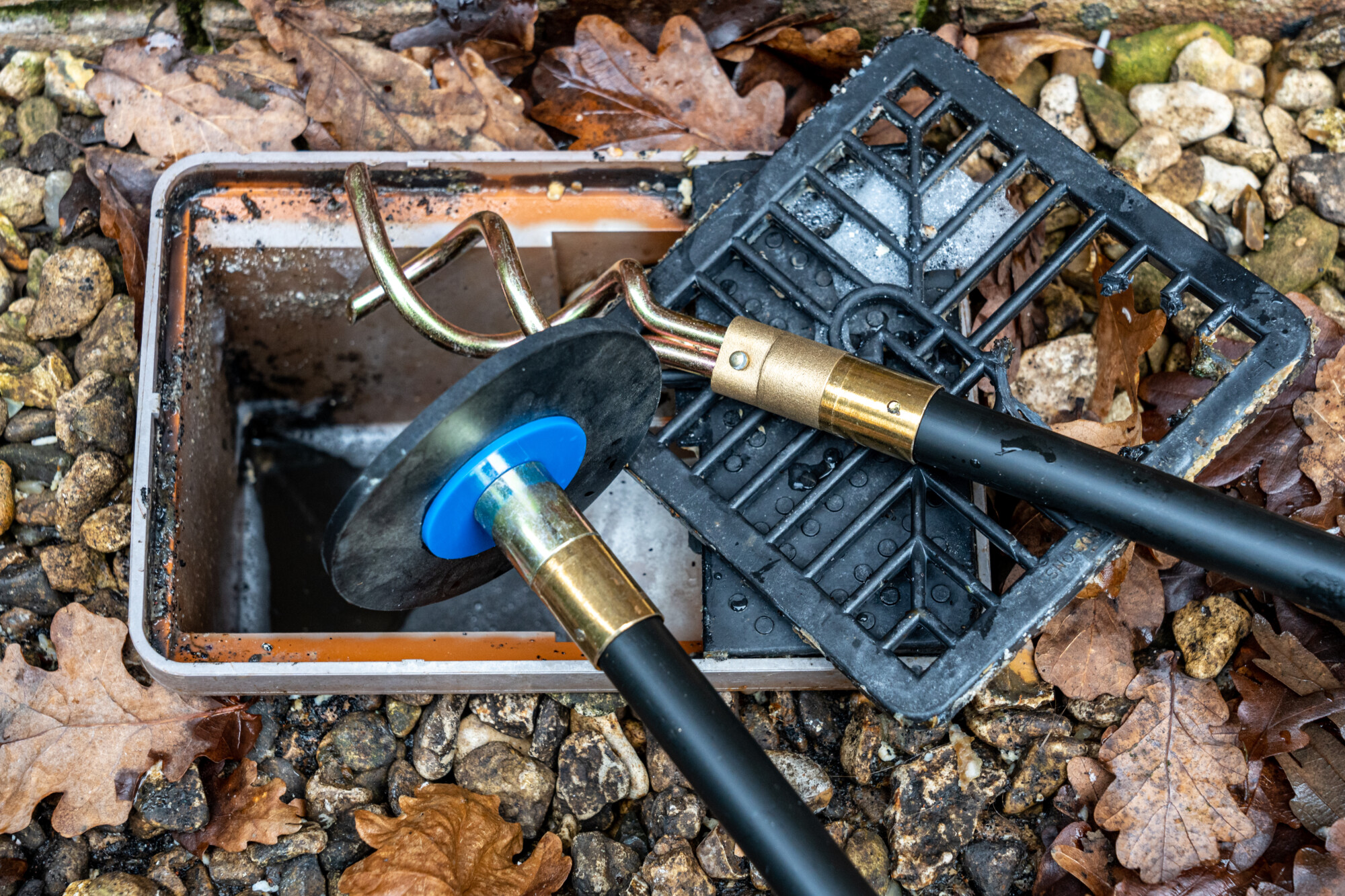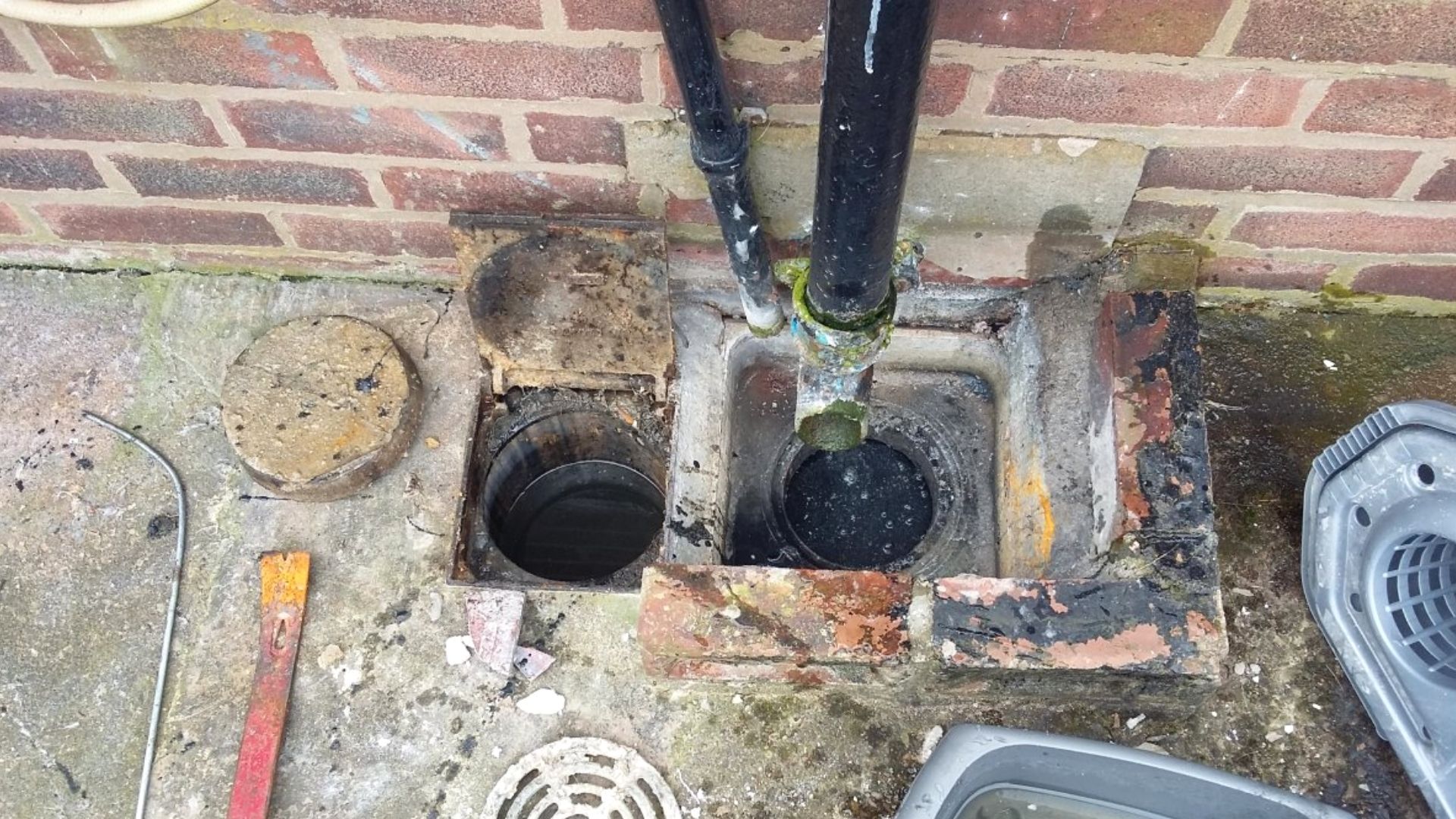Just how do you actually feel when it comes to What I learned from trying to deal with a clogged drain?

Intro
Dealing with an obstructed drain can be an irritating experience, interfering with daily tasks and possibly triggering damages to your residential property. However, before connecting to plumbing specialists, there are steps you can require to deal with the concern yourself. In this guide, we'll explore do it yourself options and safety nets to take on an obstructed drain successfully.
Recognizing the Concern
The very first step in attending to an obstructed drain is recognizing the signs. Slow-moving drain, gurgling audios, foul odors rising from drains, or water support up prevail indications of an obstructed drainpipe. Identifying these indications early can help protect against even more problems.
Common Root Causes Of Blocked Drainpipes
Comprehending the variables that contribute to drain clogs is necessary for reliable resolution. Common wrongdoers consist of hair, soap residue, grease, food particles, and foreign objects like sanitary products or paper towels. Tree roots invading underground pipelines can also create substantial obstructions.
DIY Solutions
For small blockages, a number of DIY solutions can be reliable. Putting boiling water down the drain can assist liquify oil and particles. Sodium bicarbonate and vinegar or a mix of salt and baking soft drink can serve as all-natural cleaners. Utilizing a plunger or plumbing serpent to displace blockages is an additional choice.
Devices and Devices
Having the right devices accessible can make DIY drain cleansing much more reliable. A plunger is a flexible device for clearing blockages in sinks, bathrooms, and showers. A pipes serpent or auger can reach deeper blockages, while drain cleansing chemicals can be made use of very carefully for stubborn blockages.
Preventive Measures
To avoid future blockages, taking on safety nets is important. Install drainpipe guards or strainers to capture hair and particles before they get in the pipes. Routinely flush drains pipes with hot water to dissolve oil buildup, and stay clear of dealing with oil or solid waste down the tubes.
When to Call a Professional
While DIY remedies can resolve minor blockages, specific indications indicate the requirement for specialist assistance. Consistent obstructions, foul odors regardless of cleaning initiatives, or multiple drains pipes backing up simultaneously are warnings that necessitate professional treatment.
Selecting the Right Pipes Service
When selecting a pipes solution, think about variables such as experience, licensing, and consumer reviews. Pick a trusted plumbing professional with a record of high quality handiwork and transparent rates techniques.
Cost Considerations
The expense of specialist drainpipe cleaning company can differ relying on the extent of the clog and the plumbing professional's rates. Demand quotes from multiple carriers and ask about any type of added fees to ensure transparency and stay clear of shocks.
Safety Measures
When attempting DIY drainpipe cleaning, focus on security. Wear protective handwear covers and eyewear to avoid contact with hazardous chemicals or microorganisms. Never ever blend different drainpipe cleaning products, as this can create dangerous fumes.
Instance Studies
Real-life examples highlight the effectiveness of do it yourself solutions and the significance of prompt specialist treatment in dealing with drainpipe clogs.
Final thought
By complying with the ideas laid out in this guide, you can successfully deal with obstructed drains pipes and prevent future pipes issues. Whether selecting DIY remedies or looking for expert help, punctual action is crucial to keeping a healthy and balanced pipes system and protecting the integrity of your home.
How to Clear a Clogged Drain Yourself (And When to Call In the Professionals)
What Can Clog a Drain
- Dirt
- Skin flakes
- Hair
- Grease
- Soap scum
- Food
- Offset pipes
- Tree roots
- Small objects
- Mineral buildup
DIY Tricks to Unclog a Drain
You can fix this! Once you have identified the source of the clog (or have a vague idea), you can try one or a combination of these fixes in order to clear your plumbing.
Wire Hanger or Snake
Untangle and clear out hair from a drainpipe with a homemade snake. Use a straightened-out wire hanger with a 90-degree angle hook to locate the clog and drag out any unwanted material.
Remember not to push the clog further down to where the wire hanger cannot reach! If you need to follow up with a plunger, give it a try. Your efforts might be more successful after it’s been wire-snaked.
If you want to get fancy and don’t have a wire hanger to spare, head to the store and pick up a hand-operated drain snake. You can get one for $10-$30. It may save you the hassle, and provide additional length to reach deep into the clogged pipe.
Plunger
A cup plunger has a suction cup attached to a wooden handle. The rubber creates a seal around the drain, and increases the pressure force of the plunger.
Plunge for 30-second increments to loosen the clog. This may need to be repeated over the course of 15-20 minutes. Once plunged, run the water to flush the remaining material out of the drain.
Remember– never use a plunger if you have used a chemical drain cleaner. These chemicals can splash up from the force of the plunger and cause serious injury or burns.
Boiling Water
Hot water can sometimes break up materials into a flushable amount. Dirt, grease, and soap buildup requires heat in order to unstick from surfaces.
Take your kitchen kettle and heat your water to a boil. Once it reaches a rolling boil, pour it directly down the drain into the blockage. Carefully follow with plunging, if necessary.
Don’t worry if this takes more than one try! It can often take multiple kettles and repeated plunging in order to clear a particularly stubborn clog.
Chemical Drain Cleaner
As a last resort, pick up a bottle of chemical drain cleaner. Drain-cleaning chemicals are potent, and not very good for the environment.
You may need to wear protective eyewear in gloves before handling your bottle of chemical drain cleaner. Follow the instructions printed on the bottle, and flush with water as soon as the instructions allow. Do not follow with plunging.
Baking Soda and Vinegar
As a safer alternative to chemical drain cleaner, baking soda and vinegar can create a chemical reaction that clears tough clogs.
Combine one cup of cleaning vinegar with one cup of boiling water, and set aside. Once you have done this, pour half a cup of baking soda down the drain. Give the baking thirty seconds to settle and cover a large portion of the problem drain.
Following the baking soda, pour down your vinegar and hot water solution. Once the vinegar and baking soda combine, the mixture will bubble and fix. Let this reaction fizzle in the drain for about an hour.
After an hour, follow with a kettle’s worth of hot water. The heat and liquid should flush out any remaining material.
When to Call a Plumber
If your DIY attempts haven’t cleared your clog drain, it’s time to call in a professional. It’s not worth losing access to your kitchen sink or high-traffic bathroom. A clog in a vital area can keep you from the things you’d rather be doing, and derail your routine.
Anytime a clog is causing water to spread is a time to call in a plumbing service. What starts out as a little bit of water can quickly grow into serious, expensive water damage.
Additionally, a serious clog can result in burst pipes or serious leaks. Make sure you know when to take it seriously!
https://myguysnow.com/how-to-clear-a-clogged-drain-yourself-and-when-to-call-in-the-professionals/

I stumbled upon that blog entry on when doing a search on the internet. If you enjoyed our blog entry please be sure to pass it around. I love reading our article about .
Click Here
Comments on “Ways to Deal with a Blocked Drain Prior to Calling in Plumbing Professionals”